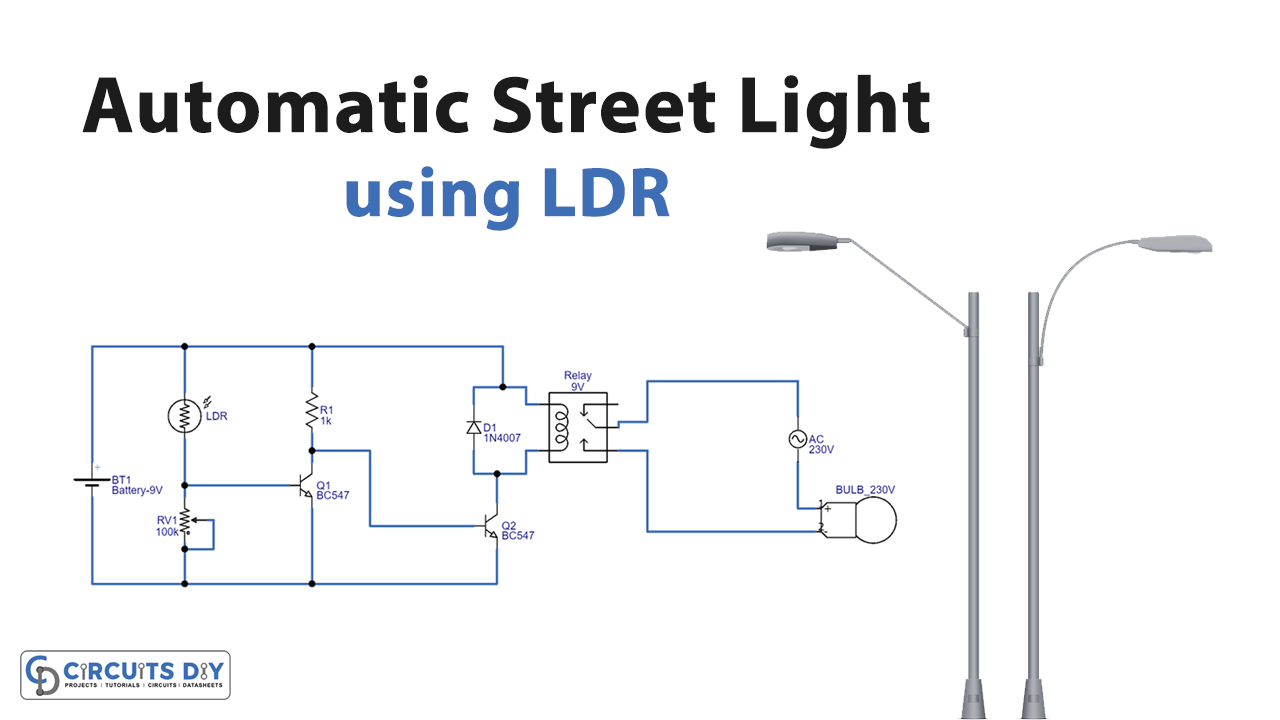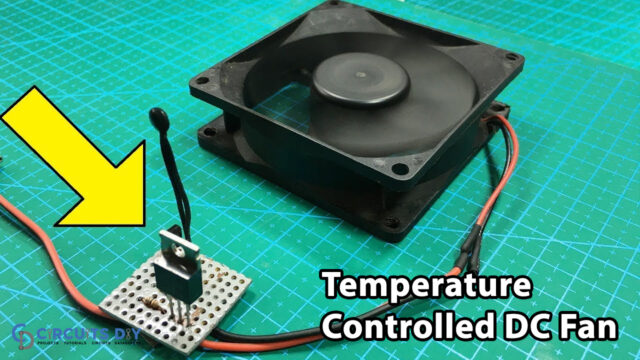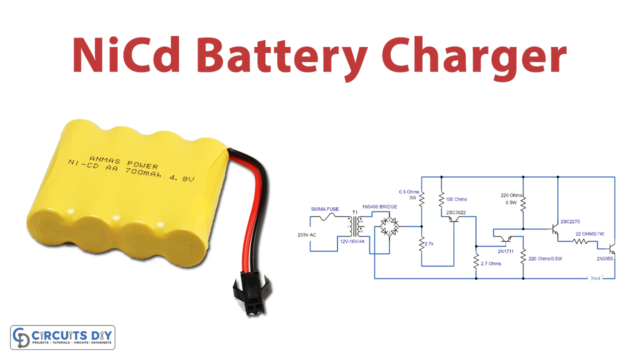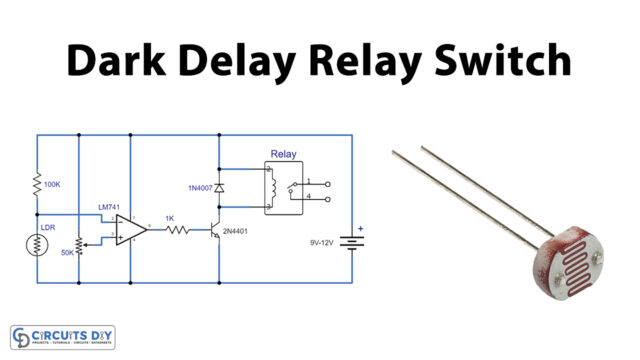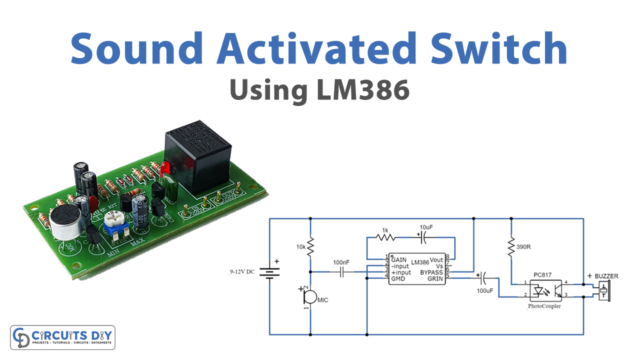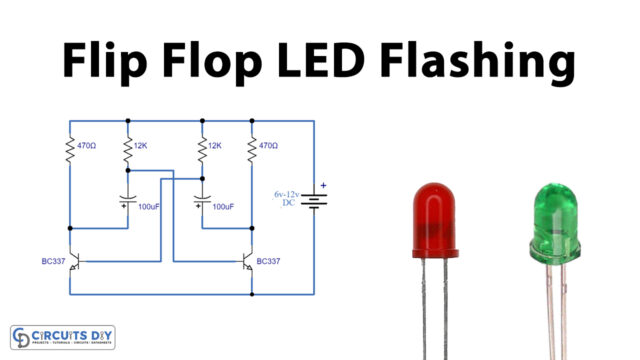In this tutorial, we are going to make an “Automatic Street Light Controller using LDR”.
In the tech revolution, we want to save electricity and reduce manpower. The automatic street light control system is a simple yet powerful concept, which uses a transistor as a switch. This project exploits the working of a transistor in the saturation region and cut-off region to switch ON and switch OFF the lights at an appropriate time with the help of an electromagnetically operated switch. Automatic Streetlight needs no manual operation of switching ON and OFF. The system itself detects whether there is a need for light or not. When darkness rises to a certain value. By using this system manual works are 100% removed. Here we design an automatic street light controller using relay and LDR which senses the light actually like our eyes. We know LDR (Light Dependent Resistor) has been used in many applications and properly employing in-circuit LDR can act as a perfect light-sensing element. This automatic street light operates based on the atmosphere’s sunlight, when the sunset occurs this circuit detects darkness and makes the street light ON, and when the sun rises this circuit detects and makes the street light OFF automatically.
Hardware Required
| S.no | Component | Value | Qty |
|---|---|---|---|
| 1. | LDR | – | 1 |
| 2. | NPN Transistor | BC547 | 2 |
| 3. | Relay | 9V | 1 |
| 4. | Diode | 1N4007 | 1 |
| 5. | Variable Resistor | 100KΩ | 1 |
| 6. | Resistor | 1KΩ | 1 |
| 7. | Electric Bulb | 230V | 1 |
| 8. | Connecting Wires | – | – |
| 9. | Battery | 9V | 1 |
Circuit Diagram
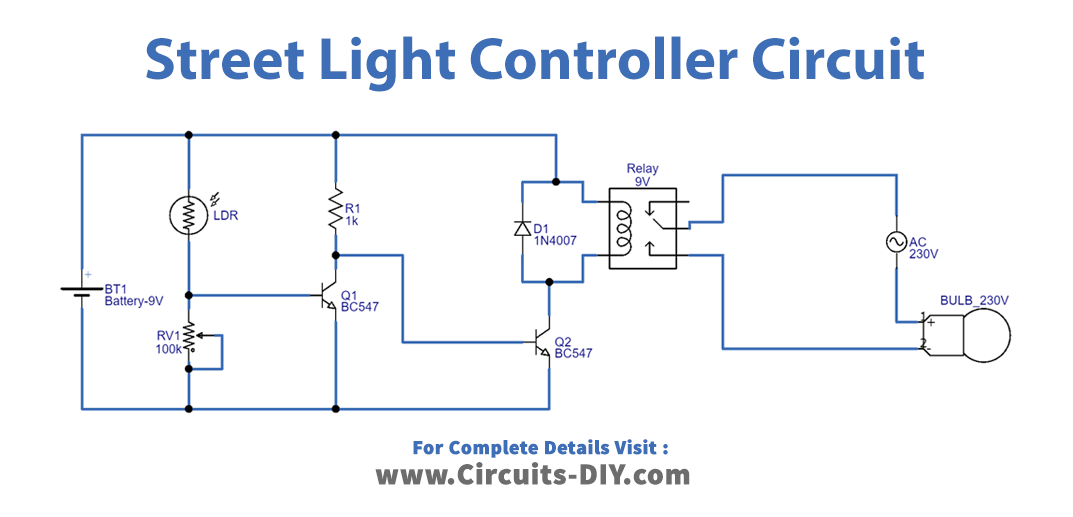
Working Explanation
The main part of this circuit is LDR which acts as a sensor here. LDR is connected between bias lines through variable resistor RV1 and we can change the sensitivity level of LDR by changing the variable resistor value. The Transistor Q1 base is connected in connecting the joint of LDR and variable resistor. The output of the Q1 transistor is connected to the Q2 transistor base. A 9V Relay is connected at the collector terminal of Q2, here the Q2 transistor acts as a Switch to make the Relay coil turn on and off by connecting to the bias. hence through two transistors, the resistance variation is converted into a relay switch Turning ON and OFF positions. Relay provides isolation between the controller and the device because as we know devices may work on AC as well as on DC. The relay is extremely useful when you need to control a large amount of current or voltage with a small electrical signal. Diode D1 protects the relay coil from back emf. At the Relay normally open (N/O) terminal 230V bulb terminal is connected and another terminal of a bulb is connected to the AC supply (neutral) and the AC supply phase is connected to the Relay common terminal. When the Relay coil gets energized then the N/O terminal makes contact with the common terminal and the bulb starts to glow.
LDR is a device whose sensitivity depends upon the intensity of light falling on it. When the strength of the light falling on LDR increases the LDR resistance decreases, while if the strength of the light falling on LDR is decreased, its resistance increases. In the time of darkness or when there is no light, the resistance of LDR is in the range of megaohms, while in the presence of light or brightness it decreases by a few hundred ohms. Now when the sunlight falls on LDR as it becomes a less resistive element it allows bias to appear at the Q1 base then Q1 becomes turned ON and so there is no bias at the Q2 base hence the Q2 stands in turn OFF condition so the Relay coil doesn’t get supply and stays in off condition. When there is no light falling on LDR it becomes a high resistive element and there is no bias appearing at the Q1 base, hence Q1 becomes turned OFF, and bias through R1 appears at the Q2 base and it becomes turned ON hence the Relay coil gets supply and becomes energized and makes the (N/O) contact as close to common contact then bulb starts to glow. So, this is how automatic Street Lights turn ON at the night and turn OFF during the day.
Applications
Can be used in street light applications and domestic applications.


